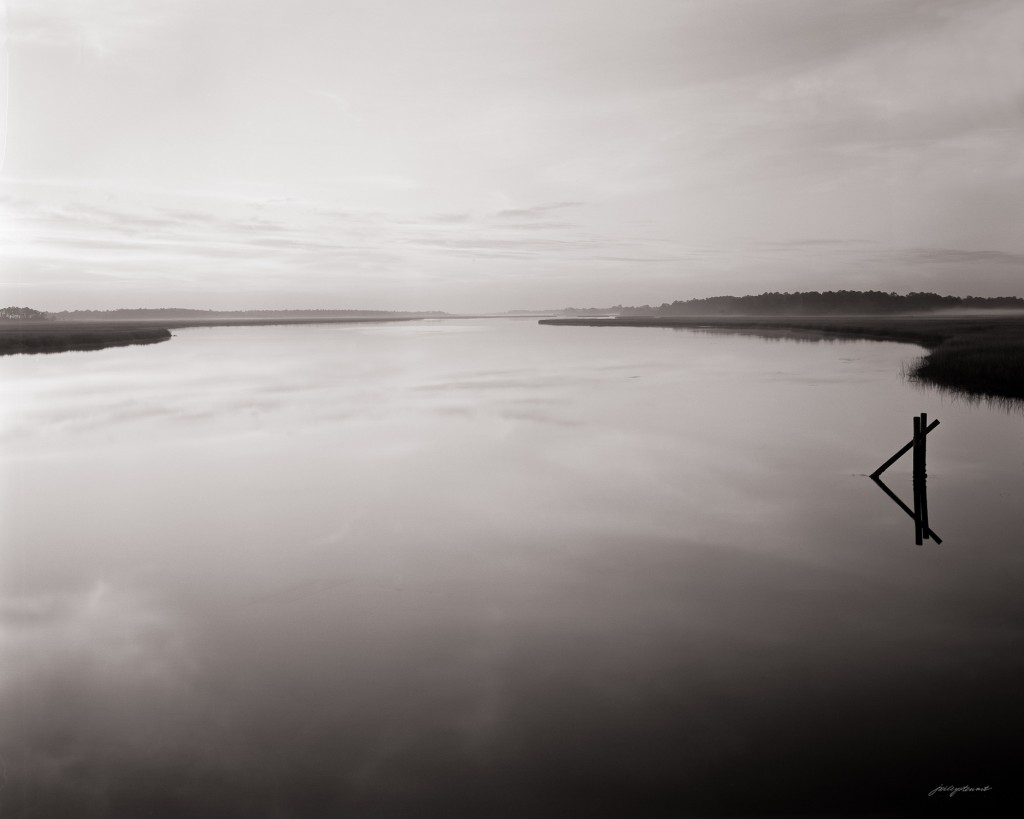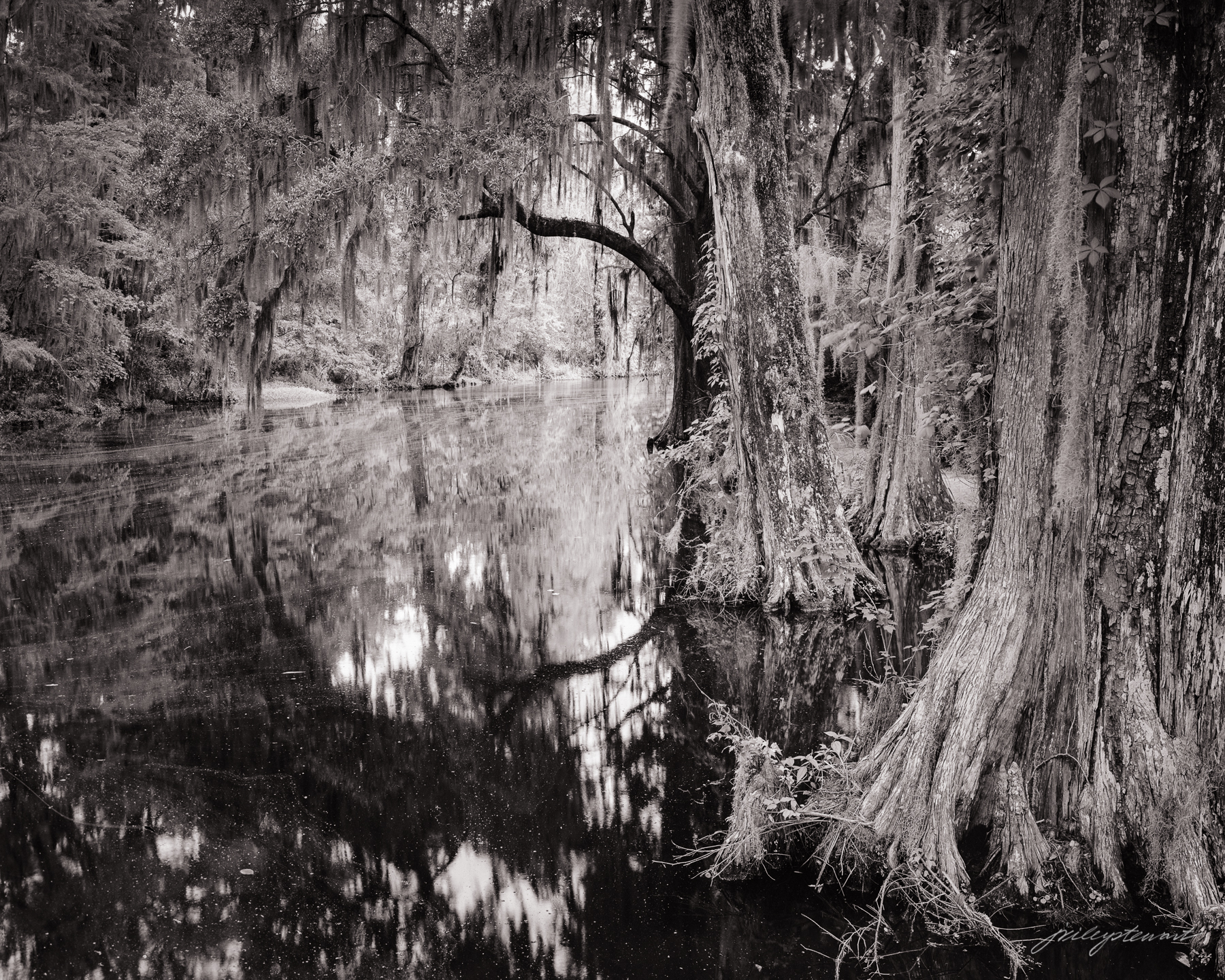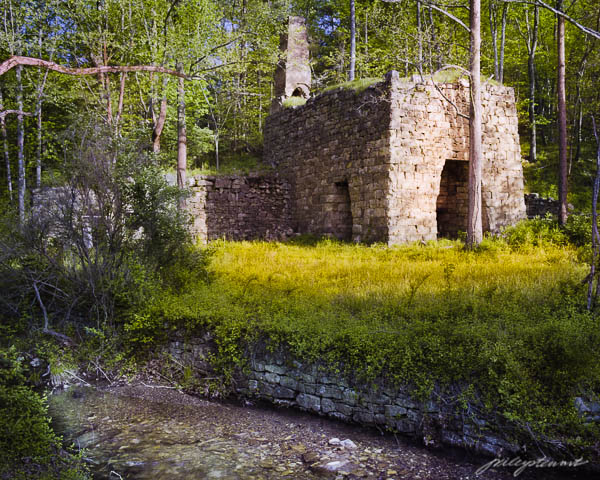It’s a fair question. Why do artists make art? What I say next may make you see that what I’m actually asking is “why the hell do artists make art, given how few people actually appreciate it.”
Let’s say you’ve gone to college to get a degree that allows you to freelance. You then enter the job market and begin selling your talents. It’s difficult, but you make do, living small and cheap, perhaps taking a second job to make ends meet until your freelance business takes off. Eventually you’re able to focus all your time and effort into your passion, and all is well.
The 2017 report from Artnet describes how this happens in the professional visual art-making world, or more accurately, how it doesn’t work.
Would you continue working in your primary job if it only provided you a fraction of your basic needs to live on? What if the things you make in that job only sell once you’re dead? Who would do such a thing?
Answer: most visual artists in the US.
- In the US, only 1/4 of all professional artists make $10,000 or more per year from their art.
- In 2018, the federal poverty threshold for US individuals was $12,140 annual income.
So, which artists are making big money? You probably know them by name: Pablo Picasso, Andy Warhol, Gerhard Richter, Claude Monet, Georgia O’Keefe, and many others. But what you’ll notice right off is that, well, most of the artists reaping huge monetary rewards from their art are……. dead.
Does this mean most living artists are dirt-poor? Not at all. Many have supporting spouses, offer complementary services (e.g., classes and workshops), or even have another full time job, either related to their artistic talents or not. There’s no such thing as a starving artist, because starving is not sustainable.
But that’s the dark side of being an artist, and not at all what I wanted to focus on in this article, and that is this:
Monetary impediments aside, artists will continue making art– until they can’t.
It’s quite astonishing, if you think about it. Against all odds, artists continue making art. Artists have chosen a life path having few opportunities to make even the most meager living. And yet, they still create. They create because making art is important to them, and because they know that making art is important for Humanity.
I believe it says alot about the creative drive of people (all people, not just professional artists). Even when the public-at-large doesn’t appreciate it (i.e., buy it), artists will make art– until they no longer can. And they stop only when they no longer have the time to make art, or no longer receive even the basic rewards necessary to enable them to make art, including the satisfaction they get merely from receiving appreciation from an audience.
Let’s be clear. Making art is not entirely an altruistic, self-serving endeavor. We all know artists who say that’s the only reason they make art, but I know of no artist who doesn’t expect at least a small degree of external reward for making their art. Sometimes, perhaps oftentimes, mere appreciation–the occasional “thank you for making your art” –is all the reward they need. And for some, the necessary rewards goes beyond the simple act of applause.
I know no professional artist who rejects being paid for their artwork; just the opposite. Most artists hope to make enough money from making art to cover expenses and even make a decent living– while they are still alive. Unfortunately in the US, visual art is very under-appreciated, as proven by the 2017 Artnet study.
The under-appreciation of art in the US isn’t just of visual art. Virtuoso violinist Joshua Bell played Bach masterpieces in the Washington, DC subway station for 45 minutes one cold January day back in 2007. A thousand people passed by; hardly anyone seemed to notice. Very few stopped to listen. His total coin-drop for the session was $32.
Bell admits that he didn’t enjoy the experience. Here he was, an artist at the top of his game, and to this particular audience, he was nearly invisible. A near vacuum of human interaction: That was the worst part of his experience, he said. Bell didn’t expect to make a lot of money from his 45 minute performance, but he did expect people to stop and listen; perhaps even applaud.
Appreciation for our artists cost nothing, folks. The next time you see an artist performing or sharing their passion for making art, a small hand clap goes a long way. Better yet, a purchase of their work will be a huge help to them continuing to make their art. Because if they stop, Humanity may miss something extremely important.
Hug an artist today. Better yet, add to your art collection and help an artist succeed in life.
J.























